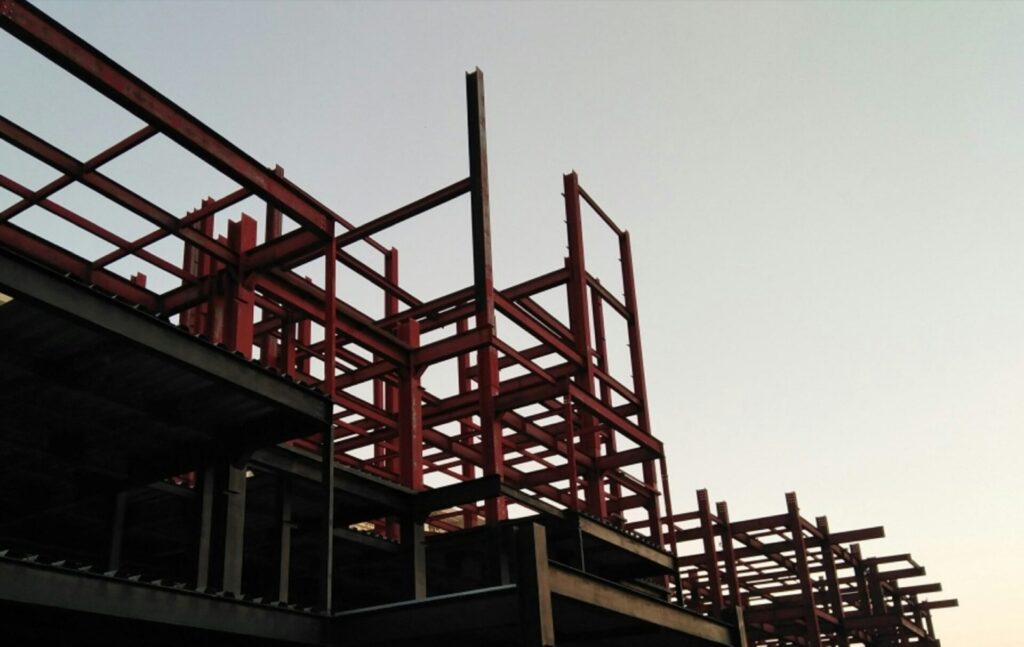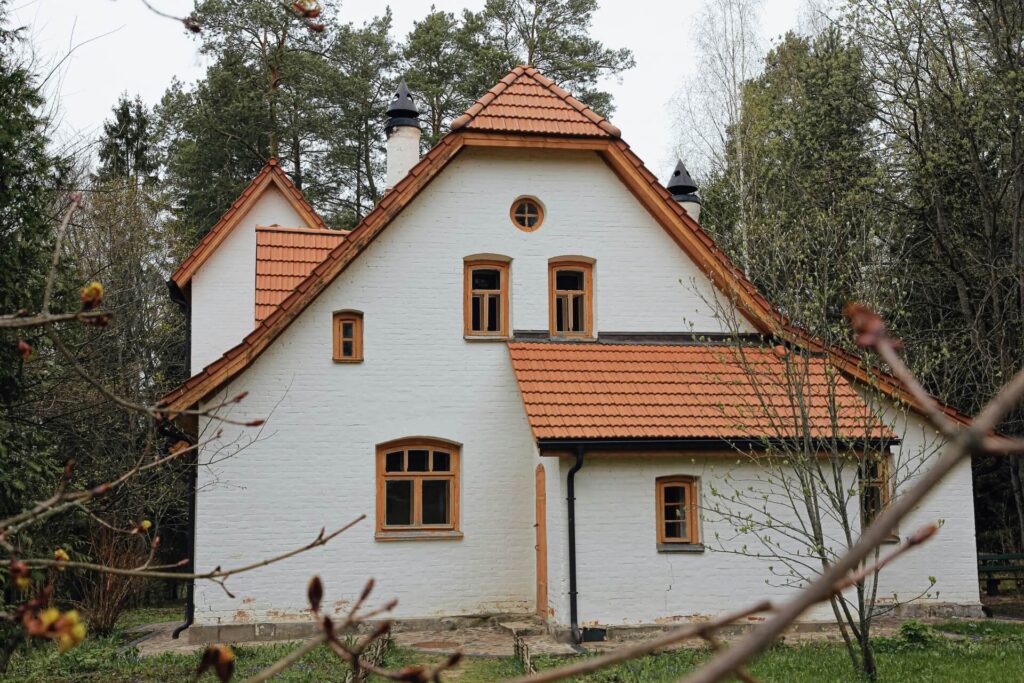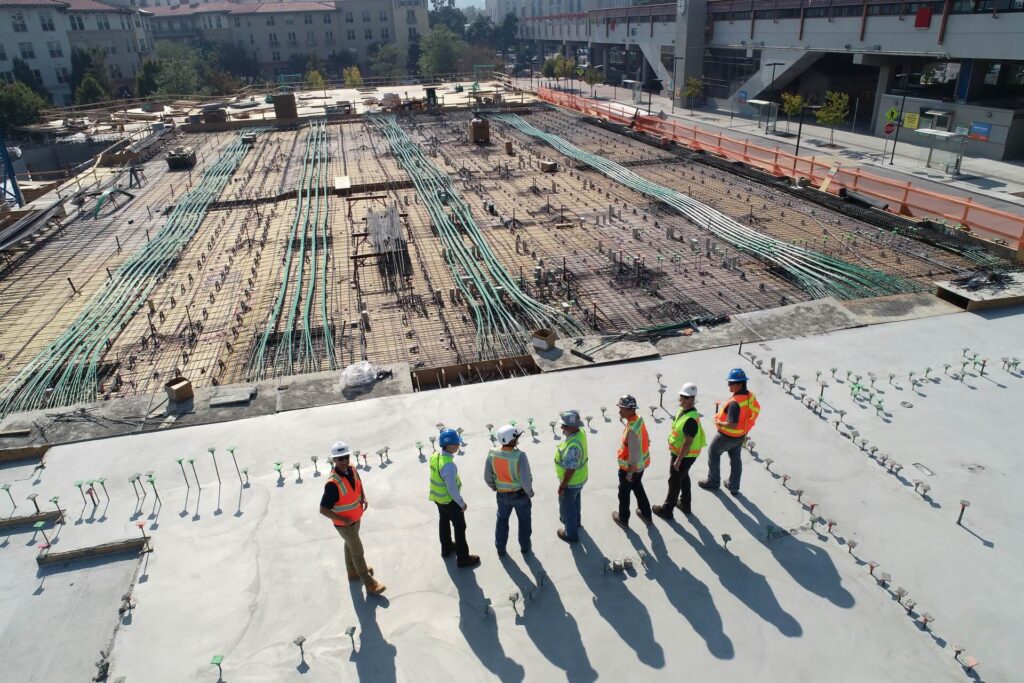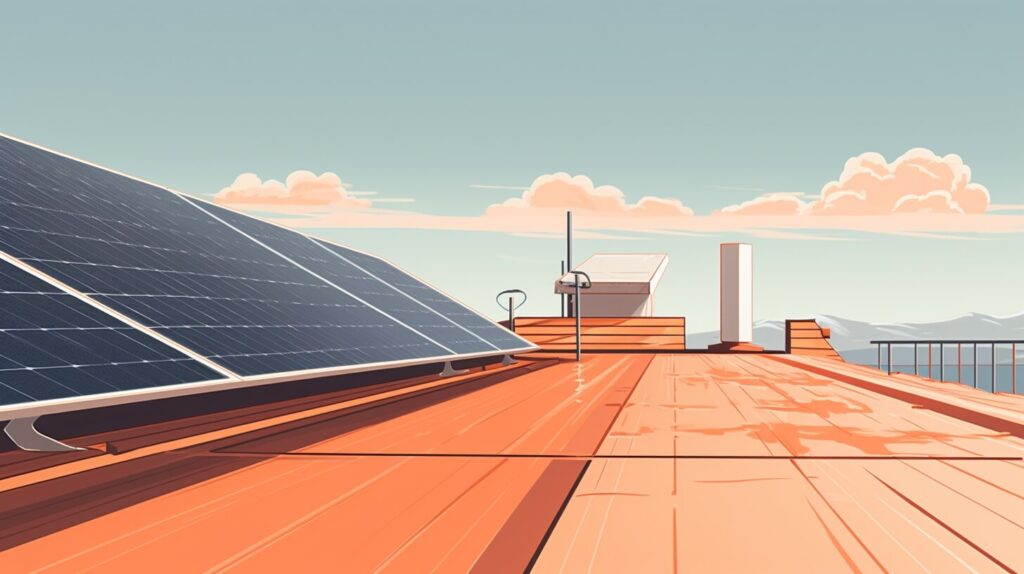
We are reader-supported. When you buy through links on our site, we may earn an affiliate commission.
Construction companies are constantly innovating and creating new techniques to expand the scope and scale of projects. They can erect structures even faster than in the past, helping them keep up with the growing demand for housing.
These novel construction techniques can provide significant advantages. Some benefits include reduced lead time on new buildings, structures that don’t need repairs as frequently, and major cost reductions on new projects.
These five new construction techniques are reshaping how companies approach their work and may soon revolutionize the entire industry.
1. Panelized Construction
Panelized construction allows companies to do a significant amount of work off-site, reducing build times.
With a panelized building, the different structural elements — walls, roof and floor — are constructed in a factory, then delivered to the job site. There, workers assemble it into a complete structure.
Panelized construction helps reduce on-site labor and the risk of weather damage to materials stored on location. In some cases, even partial use of panelized buildings — like the use of floor cassettes — can shave days off a project.
2. Modular or 3D Volumetrics Construction
With modular construction, factories can build entire rooms. Then, they come to the site, where workers hook the modules into local systems. They may also assemble many into one building, as in the case of a modular apartment complex.
Both modular and panelized construction approaches fall under the “prefabricated” umbrella of construction techniques. Unlike panelized construction, however, modular methods build entire three-dimensional structures in a factory before transport and assembly. This approach further cuts back on the time it takes. Upfront material costs, however, may be higher than with more conventional methods.
If you want to minimize labor costs on a new project, modular or panelized construction are two valuable options.
3. Precast Foundations
The use of precast foundations in place of foundation walls can reduce the length of construction projects. A company starts by casting foundation panels for a building off-site. Then, they’ll transport these panels to the job location. Often, the precast wall panels come ready with insulation and interior studs, so construction workers can start installing drywall right away.
The result is crack-free and waterproof walls that you can install faster and cheaper than with standard methods. However, you should expect to pay a little bit more for materials than you would otherwise.
4. Thin-Joint Mortar Construction
This construction method uses extremely thin mortar joint sizes — typically between 2 and 3 mm, or even less — rather than the standard, thicker mortar joints. It aims to lessen the expense and time needed to build walls.
Faster wall construction means weatherproofing is done quicker, allowing workers to begin interior work sooner. The approach also provides airtight walls with excellent thermal and acoustic insulation.
5. Precast Twin Wall Systems
The twin-wall system takes advantage of paired slabs of concrete joined with lattice girders cast into the material. The units are manufactured off-site and temporarily propped in place at the job location. Once the foundation walls are set, the cavity between the two walls is reinforced and filled with concrete.
The twin-wall system typically goes with precast floors to further speed up construction. Installation is fast, and the finished foundation walls provide excellent fire resistance and acoustic insulation.
Construction Techniques for the Modern Era
These techniques allow you to cut down on the time it takes to finish a construction project. Use of preconstructed building elements — walls, floors, and even entire rooms or buildings — can help any company accelerate work and reduce labor expenses. Materials for these approaches are typically more expensive than conventional construction techniques, but the benefits offset the costs.







